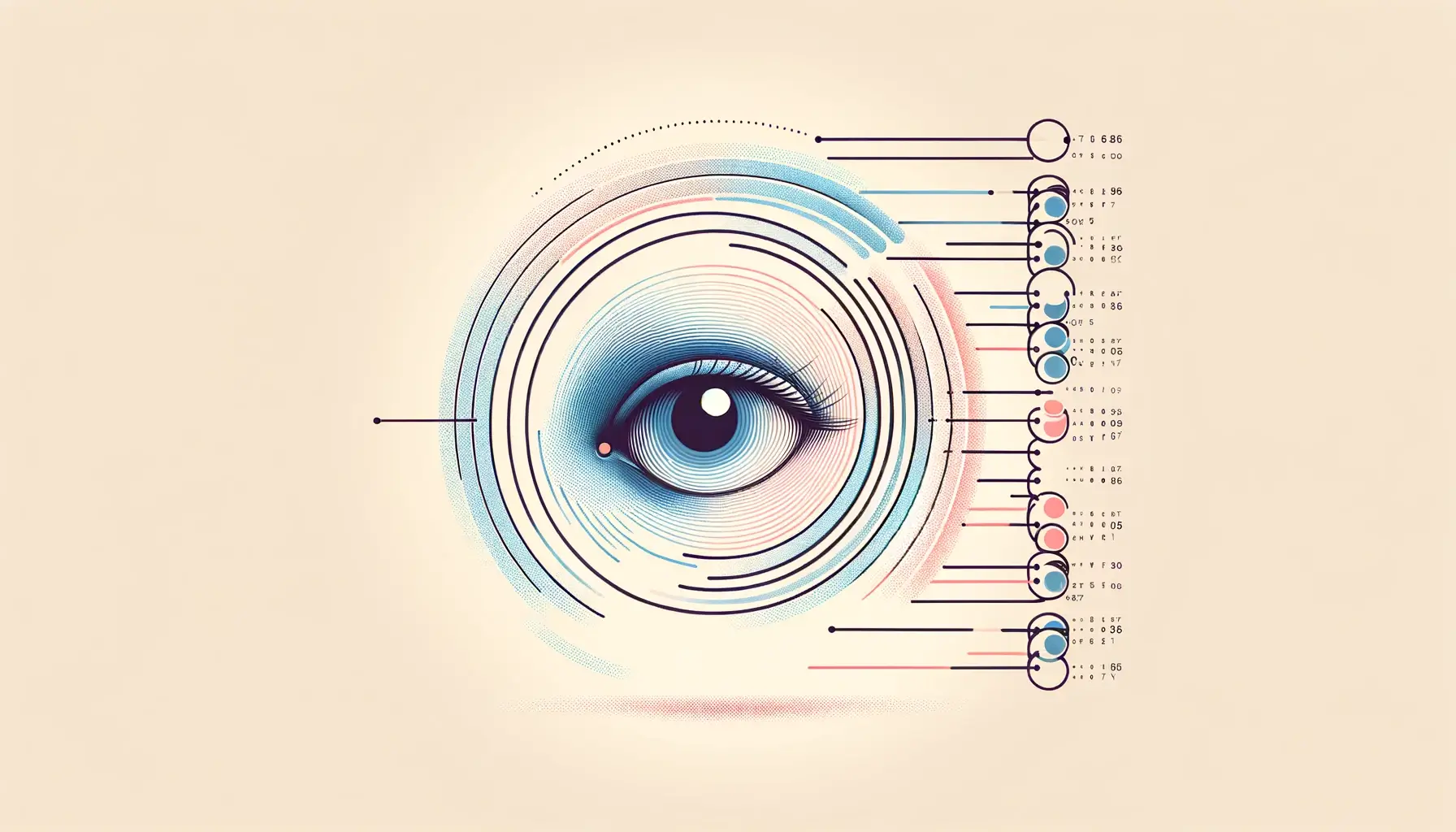A Baby Eye Color Calculator is a fun and educational tool designed to estimate the possible eye colors a baby might inherit based on the eye colors of their parents or even grandparents. While not an exact science, these calculators are grounded in genetics and use probability to give a range of likely outcomes. Whether for expectant parents curious about their child’s appearance or anyone interested in how traits are inherited, this tool offers insights into the fascinating world of genetic inheritance.
Introduction to Eye Color Inheritance
Eye color is a polygenic trait determined by multiple genes rather than a single gene pair. Although brown, blue, and green are the most common eye colors, many subtle variations in hue and intensity exist. Melanin (a pigment in the iris) and the interaction of genes from both parents influence eye color genetics.
Traditionally, people thought eye color followed simple Mendelian inheritance (dominant and recessive traits). Still, modern genetics has revealed that the process is much more complex. A baby’s eye color can be influenced by several genes regulating melanin production and distribution.
Purpose of the Baby Eye Color Calculator
The Baby Eye Color Calculator helps predict the most likely eye colors a baby could have based on the eye color of one or both parents and, in some versions, grandparents. While it cannot give a definitive answer, it offers percentages or probabilities for each possible outcome.
This tool serves multiple purposes:
- Educational Insight: Teaches users how genetic traits are passed on.
- Parental Curiosity: Satisfies the common question, “Will our baby have my eyes or yours?”
- Family Engagement: Encourages family members to guess and bond over possibilities.
- Genetic Awareness: Provides an introductory look into the basics of gene prediction.
How the Calculator Works
The Baby Eye Color Calculator uses input data from one or both parents regarding their natural eye colors. Some advanced versions also consider the eye colors of grandparents to improve the estimation, as hidden genetic traits can skip a generation.
The most common eye color categories used include:
- Brown
- Blue
- Green
- Hazel or Gray (sometimes included depending on the complexity of the tool)
Based on this data, the calculator applies genetic probability models to predict the baby’s most likely eye color outcomes, often displaying them as percentages.
The Science Behind Eye Color
Eye color is primarily determined by two chromosomes, 15 and 19 genes. These genes control the amount and type of melanin in the iris:
- More melanin results in darker eyes (brown).
- Less melanin leads to lighter eyes (blue or green).
Multiple additional genes can influence shade, tone, and subtle variations. Therefore, even parents with similar eye colors can produce a child with a different shade, depending on their genetic backgrounds.
Benefits of Using a Baby Eye Color Calculator
- Non-Invasive and Fun: No need for tests—just input information and get instant predictions.
- Genetic Learning Tool: This tool encourages users to learn about heredity, dominant and recessive genes, and how traits are inherited.
- Family Involvement: Sparks conversation and excitement among family members, especially for first-time parents.
- Visual Appeal: Many tools provide colorful graphs or eye icons to help visualize probabilities.
- Accessibility: Available online and via mobile apps, making it easy for anyone to use anytime.
Limitations and Considerations
- Not 100% Accurate: Genetics is complex, and calculators offer estimates—not guarantees.
- Over-Simplification: Some calculators use outdated dominant/recessive models, which may not reflect current scientific understanding.
- Does Not Replace Genetic Testing: DNA testing is required for medical or advanced genetic analysis.
- Environmental Factors: Eye color can sometimes change in the first year of life due to melanin development after birth.
- Ethnic Diversity Not Always Included: Some tools may not fully account for mixed-race genetic variability, which can broaden possible outcomes.
When and How to Use It
- During Pregnancy: This is the ideal time for expectant parents to explore potential traits.
- For Educational Purposes: Great for teaching children about genetics in schools or homeschool settings.
- Before Fertility Planning: Some couples use it alongside other genetic calculators to understand potential inherited traits.
- Just for Fun: Even people not expecting a child may enjoy using the tool out of curiosity or when reminiscing about family traits.
To use it effectively:
- Enter both parents’ natural eye colors.
- Add grandparents’ eye colors if the tool allows.
- Review the percentage breakdown of possible outcomes.
- Remember that it’s an estimate, not a prediction.
Future Developments and Enhancements
- DNA-Based Integration: Future versions may connect with consumer DNA services to provide more accurate predictions.
- Expanded Trait Prediction: Tools may start predicting traits like hair color, height, or dimples based on family genetics.
- Ethnic Background Consideration: Improved models may include more diverse genetic data for mixed-heritage families.
- AR Visualization: Augmented reality tools might simulate a baby’s appearance with different eye colors.
- Personalized Reports: Some platforms may offer printable or shareable reports as keepsakes for parents.
Conclusion
The Baby Eye Color Calculator is an engaging and educational tool that allows parents, families, and even curious individuals to explore the fascinating science of eye color inheritance. While it doesn’t guarantee outcomes, it provides fun, science-based predictions rooted in genetic probabilities. In addition to helping expectant parents prepare for one of the many surprises of new parenthood, it also opens the door to understanding how traits are passed from generation to generation. Whether for entertainment or education, it remains a favorite feature for anyone curious about the genetics behind what makes each of us unique.


